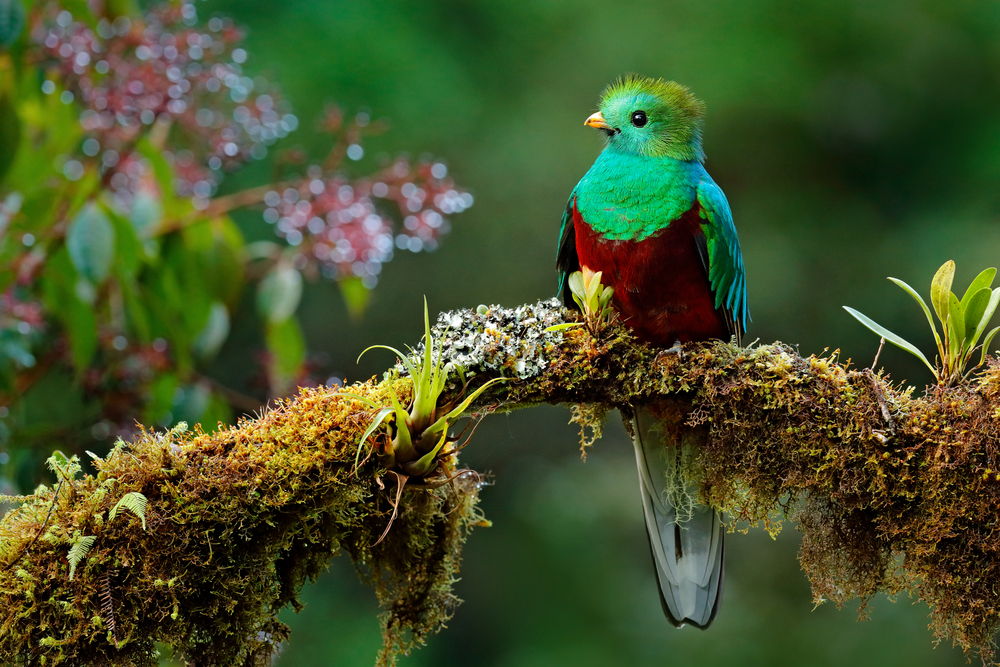
Why do birds land on window sill?
Have you ever wondered why birds have an uncanny attraction to our window sills? Picture this: You’re peacefully sipping your morning coffee, gazing out of your window, when suddenly, a colorful blur catches your eye. A feathered visitor perched delicately on your window sill, seemingly entranced by its reflection. You can’t help but ponder: What is it about these seemingly ordinary ledges that entice our avian friends?
I remember a time when I was gazing out of my study window, lost in thought when a small bird landed gracefully on the sill. Its tiny beady eyes surveyed the surroundings as if it were conducting a secret mission. I couldn’t help but wonder what drove this little creature to choose my window sill as its temporary sanctuary. Was it seeking respite from its avian adventures? Or did it find solace in the proximity to human life, inquisitively observing our daily routines?
Window Sills as Strategic Resting Spots
There are many reasons why birds land on window sill including, Reflection, Perching, Resting and Collisions. Birds choose window sill for strategic reasons; the elevated perches give them the advantage to survey their surroundings and allow them safety from predators. It reduces the chances of them being attacked by ground predators. Birds have also adapted to urban environments, which means proximity to food and to preen and groom.
Seeking Rest and Safety
Birds land on windows sill often to rest and take shelter. During migration windows sill can be very convenient since it has an elevated perch, allowing birds to rest between flights. It is a strategic resting spot. It can sometimes become a shelter for birds protecting them from harsh weather conditions like strong winds and heavy rainfall.
Reflections and Territorial Behavior
Sometimes birds mistake their reflection for another intruding bird in their territory. Most bird species are territorial and will confront or intimidate the other “intruder bird. They are incredibly territorial if they are nesting and protecting their young. When they see their reflection, birds think other birds are invading their territory; it is an instinctual response.
Nesting Behavior

Window sills, at times, can provide nesting sites suitable for certain birds. Some birds choose window sill due to the elevated and sheltered position and proximity to a food source, providing readily available food sources, i.e., bird feeders and left over from humans—some of the birds that like perching on the window sill are pigeons and sparrows.
Proximity to Human Activity
Birds have gotten used to urban areas and have learned to associate it with food proximity, aka the opportunity to scavenge for food. This gives us an up-close chance to see them preen and groom. This behavior allows them to maintain their feathers’ health. By standing on window sills, they can stay out of the element while getting their groom on!
Window Collisions
Unfortunately, there is a dark side to this behavior. It can lead to injury or death when they cannot distinguish reflections from actual space. Factors that can increase collision rates are window placement, lighting conditions, and feeders near windows. There are steps you can take to help reduce collisions. Implement bird deterrent techniques like external shading, window decals, and films. You can also reposition the bird feeders and birdbaths away from windows.
Bird-Watching Opportunities: A Window to Nature’s Splendor
Birds on window sills provide a unique opportunity for bird-watching enthusiasts. It allows us to be up close in the comfort of our homes without disturbing their natural behaviors. We can observe their feeding habits and beautiful courtship rituals.
Conclusion
The fascination of birds with window sills stems from a combination of strategic resting spots, the illusion of a second world created by reflections, the search for shelter and protection, and the complexities of territoriality. While bird-window collisions pose a risk, implementing bird-friendly measures can mitigate this threat. By appreciating and understanding the reasons behind birds’ affinity for window sills, we can develop a deeper connection with the avian world and foster a harmonious coexistence between birds and humans. Hopefully, this article answerd some of your questions on why do birds land on window sill?
For more Bird Information – https://www.audubon.org/